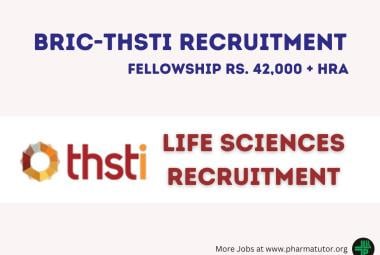Amgen and UCB announced the submission of a Biologics License Application (BLA) to the US Food and Drug Administration (FDA) for romosozumab, an investigational monoclonal antibody for the treatment of osteoporosis in postmenopausal women at increased risk of fracture. Romosozumab works by binding and inhibiting sclerostin, a protein naturally occurring in the bone, thereby increasing bone formation and decreasing bone resorption.
"Osteoporosis is a large public health problem yet is often overlooked, even in patients who have already experienced an osteoporotic fracture," said Sean E. Harper, M.D., executive vice president of Research and Development at Amgen. "This BLA submission is an exciting milestone; romosozumab has the potential to reduce the risk of fractures and help patients suffering from this serious disease."
The BLA for romosozumab is based on data from the pivotal Phase 3 placebo-controlled FRActure study in postemenopausal woMen with ostEoporosis (FRAME) in approximately 7,200 patients. Amgen and UCB plan to present results from the FRAME clinical trial at an upcoming medical congress.
"Osteoporosis is a chronic disease, largely asymptomatic, and often undetected until a fragility fracture occurs. Many patients often view fragility fractures as part of aging, but these fractures are an indication of a weakened skeleton and a signal for intervention with medication," said Dr. Pascale Richetta, head of bone and executive vice president, UCB. "We are pleased to submit the first regulatory submission for romosozumab and are committed to seeking global regulatory approvals in the hopes of making this important therapy available for appropriate patients at increased risk of fracture."
Osteoporosis-related fragility fractures are common. In the United States, one in two women over the age of 50 will experience an osteoporotic fracture. Data shows that only 20 percent of women who have experienced a fracture receive any type of osteoporosis treatment during the first year post fracture.
Romosozumab is an investigational bone-forming agent and is not approved by any regulatory authority for the treatment of osteoporosis. It is designed to work by inhibiting the protein sclerostin, and has a dual effect on bone, both increasing bone formation and decreasing bone breakdown.
FRAME is a multi-center, international, randomized, double-blind, placebo-controlled, parallel-group study in postmenopausal women with osteoporosis, defined as low bone mineral density at the total hip or femoral neck. The study evaluated the effectiveness of romosozumab treatment, compared with placebo, in reducing the risk of new vertebral fractures through 12 months. The study also further evaluated if romosozumab treatment for 12 months followed by denosumab treatment for 12 months, compared with placebo followed by denosumab treatment, was effective in reducing the risk of new vertebral fractures through 24 months. In addition, clinical fracture (a composite endpoint of non-vertebral and symptomatic vertebral fractures) risk reduction, non-vertebral fracture (fractures outside of the spine, excluding sites that are not considered osteoporotic, fractures due to high trauma or pathologic fractures) risk reduction and other endpoints were assessed at 12 and 24 months.










